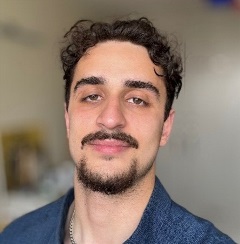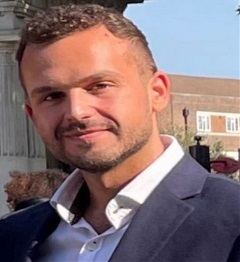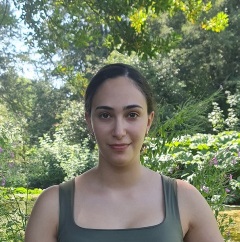
The project aims to explore how a tumour’s physical structure affects drug transport and effectiveness, whilst also accounting for its metabolic heterogeneity, in oesophageal adenocarcinoma (OAC). Building off this, drug delivery regimens can be optimised to improve treatment response and patient outcomes. Better treatments are urgently needed for OAC patients as only 1 in 8 survive long-term.

I am fascinated by the potential impact of computer vision in pathology. I was drawn to this project because it bridges medicine's scientific, clinical and computational domains, translating to improved care for patients with early and advanced cancers.
I am ambidextrous.

Neuroblastoma is the most common peadiatric solid extracranial tumour. The poor prognosis of high-risk neuroblastoma demands the development of novel therapies. Indisulam has already proven to be effective against neuroblastoma in vivo. We aim to combine indisulam with a CAR-T cell immunotherapy employing a two-pronged approach against this lethal disease. This approach, which merges bioinformatics with immunotherapeutics at the cutting edge of cancer research, has inspired me to undertake this project.
I enjoy cooking traditional Greek food, traveling, and playing D&D.

I love animals and have always kept pets, including cats, hamsters, rabbits, fish and even a rat!